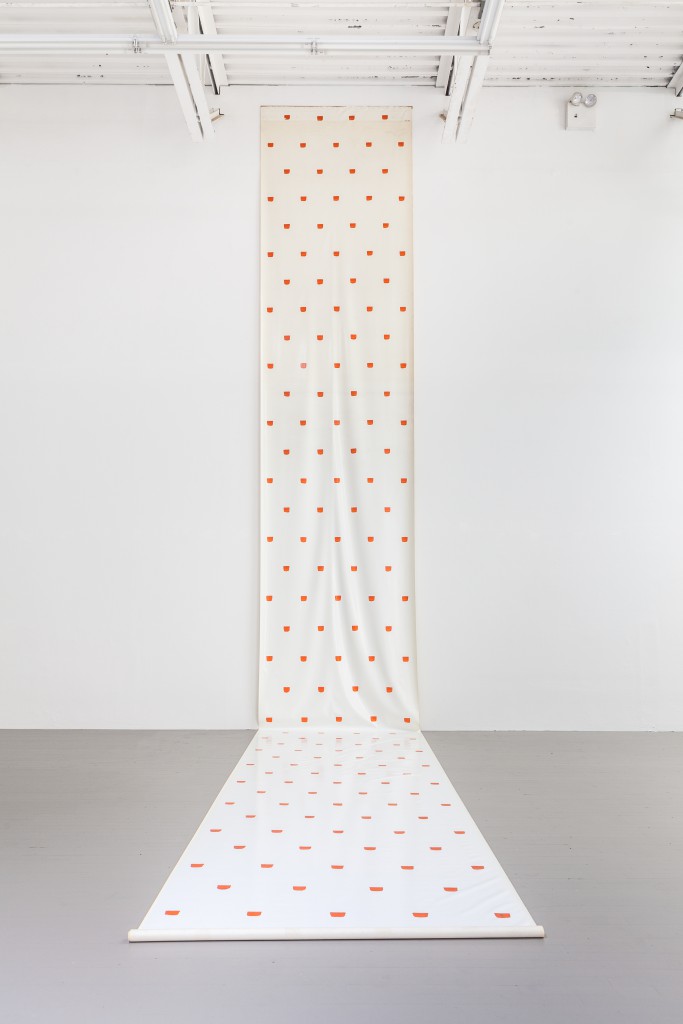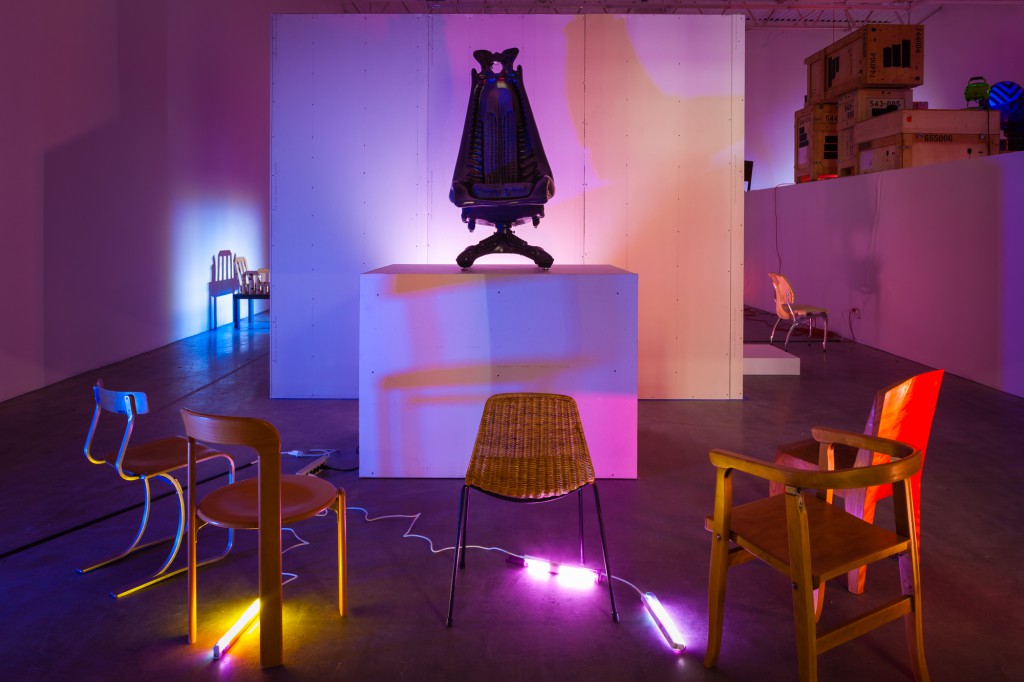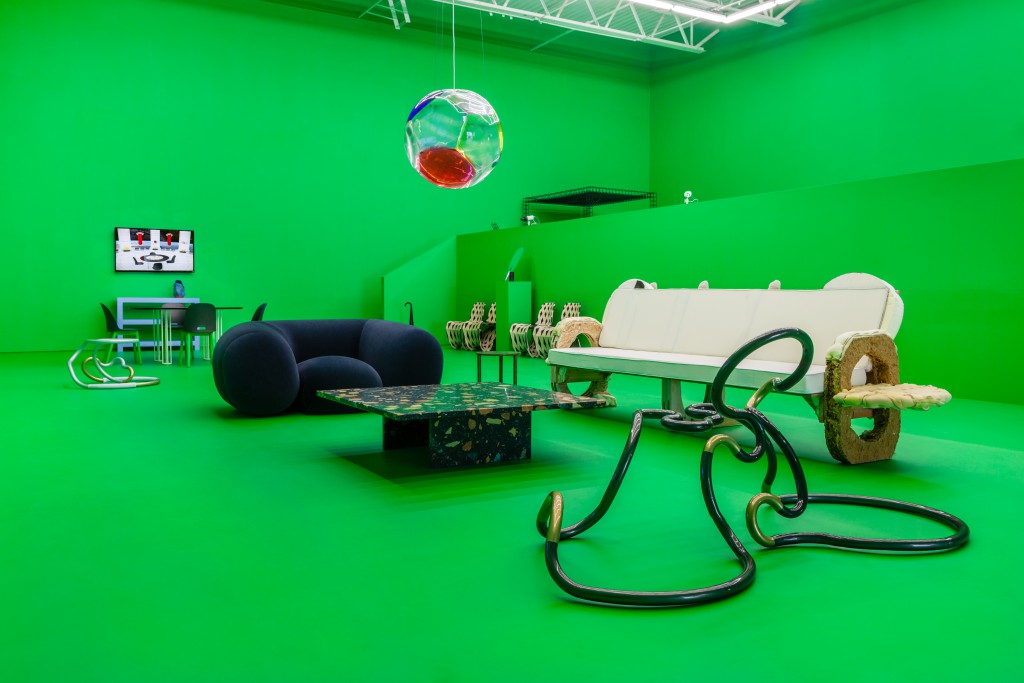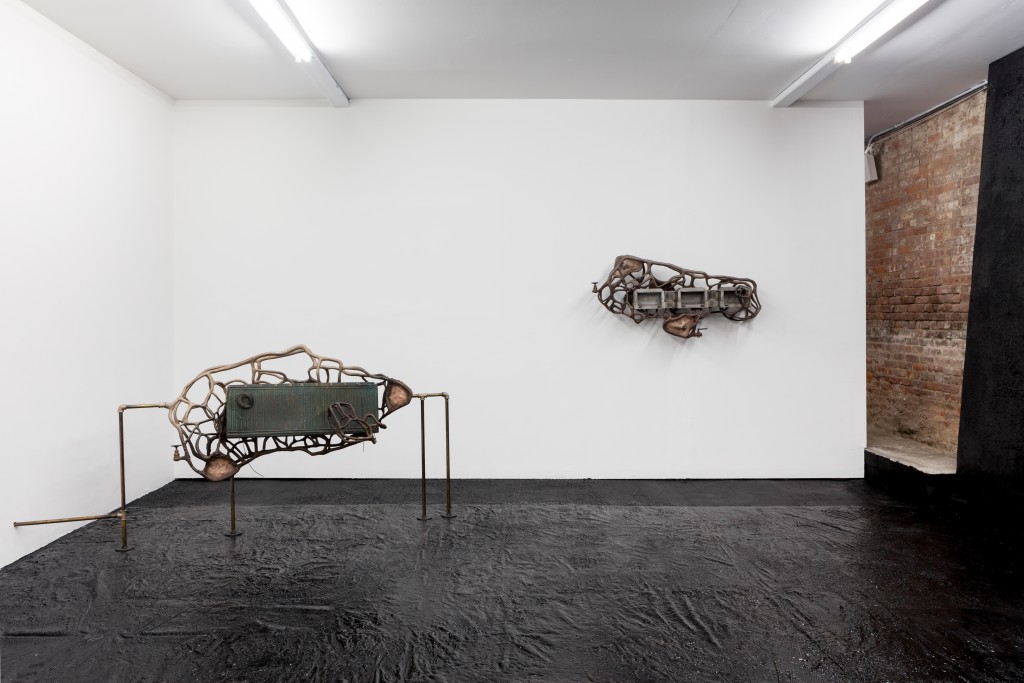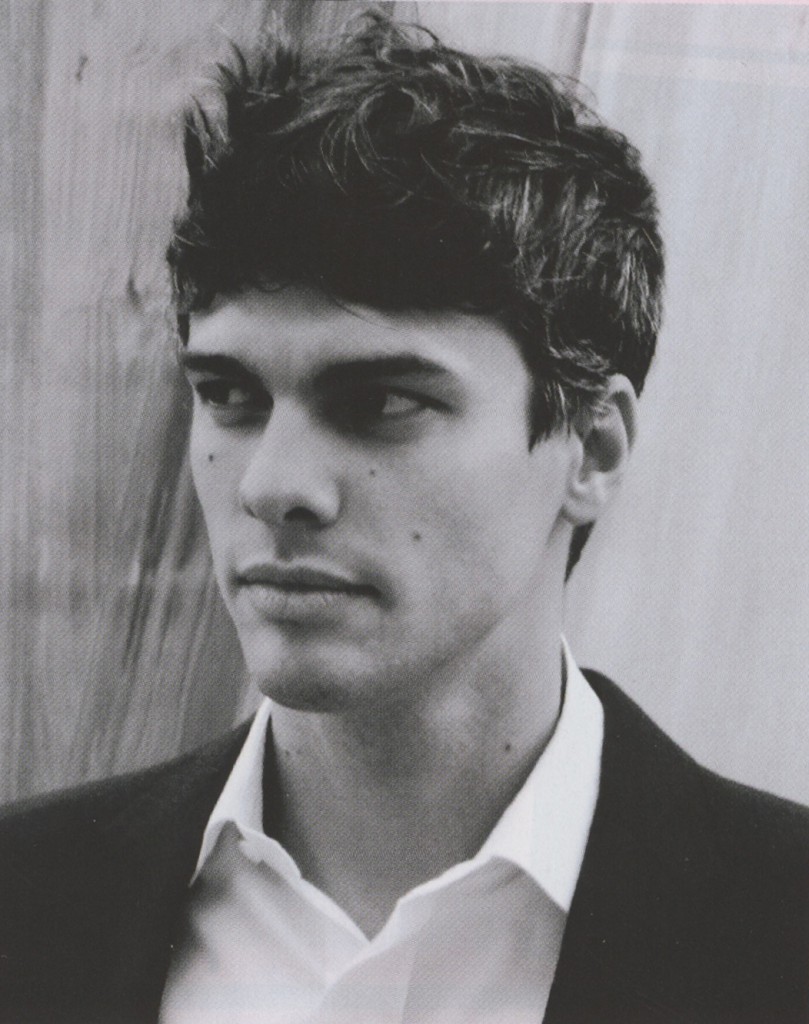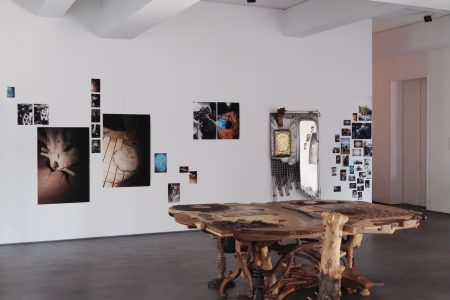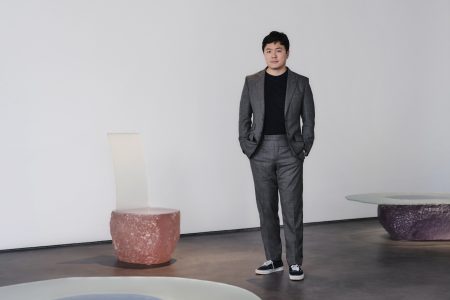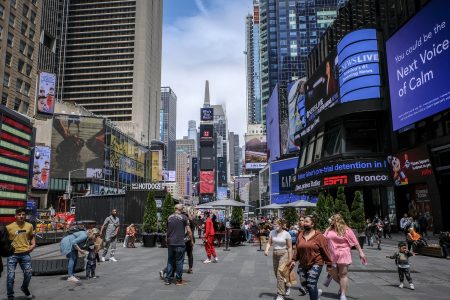Simon Castets
Exactly thirty years ago, Swiss Institute was founded by a group of Swiss expats in a townhouse in New York City. Ever since, the institution has sought to maintain a feeling of newness and adventure in its exhibitions and public programmes. Swiss Institute occupies a unique position within the landscape of contemporary art non-profits in New York City insofar as it doubles as a nationally-affiliated cultural institute. Beyond its national identity, Swiss Institute serves to foster the careers of emerging artists and provides platforms for under-recognised positions, as Swiss Institute’s director Simon Castets explained when he met with TLmag.
TLmag : Since you became Director in 2013, what have you changed and what would you like to focus on in the future?
Simon Castets : Since I became Director, I have been committed to building upon the successes of the institution by expanding Swiss Institute’s mission in order to incorporate new fields, such as architecture, film and music. We’ve dramatically increased the number of public programmes and our exhibitions have taken on a more international perspective, moving beyond Europe and the United States. Over the past few years, we have experienced significant growth. We will continue to harness support from New York City and expand our reach throughout the United States. It is important to look at Swiss Institute as a New York institution with Swiss roots, as opposed to an organisation in exile.
TLmag : What is your personal relationship with the legacy of Swiss artists, designers and architects?
S.C. : Much of my understanding of Swiss cultural legacies was shaped by Swiss Institute’s programming during the ten years I lived in New York before I began working here. I’ve always been an ardent fan of Roman Signer and his 2010 solo exhibition at Swiss Institute resonated deeply. Because Switzerland has a thriving art community, my relationship with it changes constantly as I am happily inundated with brilliant new work every day.
TLmag : How do you organise exhibitions so that they will feel relevant to the New York/Swiss axis?
S.C. : Show after show, Swiss Institute seeks to implement our long-term vision of generating programming that acknowledges
the Swiss roots of the institution by adopting a deliberately international perspective. We want our exhibitions to be relevant not only to the New York/Swiss axis, but to the entirety of our ever-expanding public of contemporary art lovers.
TLmag : How do you incorporate design and architecture into your programme?
S.C. : In 2014, Swiss Institute opened our inaugural Architecture and Design exhibition, Fin de Siècle, curated by architect Andreas Angelidakis. One of Swiss Institute’s first exhibitions focused solely on design so it was exciting to revisit what was once a central tenet of SI’s institutional identity and reinterpret it in a new context. Building off of the success of Fin de Siècle, we invited PIN-UP Creative Director Felix Burrichter to curate the second iteration, which lead to “Pavillon de L’Esprit Nouveau: A 21st Century Show Home”. We look forward to continuing our exploration of design and architecture in future exhibitions and public programmes.
TLmag : How do you evaluate the reception of the remarkable exhibition, “Pavillon de L’Esprit Nouveau: A 21st Century Show Home”?
S.C. : Developing this show with Felix and the Exhibition Designer Shawn Maximo was such a gratifying experience. I think their passion and deep knowledge of the subject matter was reflected in the way in which the show was conceived and realised. The exhibition resonated with visitors because it spoke to many of the current conversations surrounding Le Corbusier. His practice, of course, has long been parsed and examined by historians and theorists, but the MoMA exhibition in 2013 gave these discussions a new urgency. Though the SI show was a radical departure from MoMA’s meticulous chronology of Le Corbusier’s career – instead abstracting theoretical notions and applying them to contemporary trends in domestic architecture – we felt as though it allowed people to discuss his work in an under-explored context. People responded so well to the exhibition because it functioned on several levels and appealed to multiple sensibilities. There was the immediate pleasure of being in the Chroma Key space and seeing yourself on screen, the references to the history of Modernist architecture and the greater theoretical questions posed by the exhibition’s thesis. Ultimately, the show catalysed crucial conversations that explored the relationship between convenience and surveillance and the ominous comfort of escapism. It ended up being one of our most well-attended exhibitions of the year. Although it was met with both positive and negative reviews, visitors were never indifferent.
TLmag : Could you talk about your collaboration with Swiss curator Hans-Ulrich Obrist on the “89plus” project? What are the stakes of this project and how will it evolve?
S.C. : “89plus” has been an incredibly fruitful collaboration with scores of artists, writers, musicians and thinkers from all over the world. I have learned so much through our ongoing exchanges with all of the participants. Making all of this research manifest, be it through exhibitions, panels or workshops, has been remarkably enriching. “89plus” has taken us to 5 continents and 25 cities. Each stop is a reminder of the paradigm shift we are experiencing. I look forward to doing even more in the future.
TLmag : On that note, could you speak to the recent exhibitions you’ve organised with emerging artists like Andrea Crespo or Dora Budor and how you position these shows – alternating them with exhibitions of major Swiss artists like David Weiss and Niele Toroni – in SI’s program?
S.C. : Instead of “alternating,” I find it more productive to think of these exhibitions as existing in parallel with one another. But what you’re bringing up speaks directly to the vision we want to implement at Swiss Institute. We observe these positions not from a generational perspective, but instead we attempt to see how their work speaks to the current moment. Interestingly, all of the exhibitions you just mentioned were the artists’ first institutional solo shows in New York. Even David Weiss had only shown with his partner Peter Fischli before his exhibition at SI. So when we select artists who we want to show, it’s less about their age or notoriety and more about producing something generative and unexpected.
TLmag : As a constant and eager observer of the art world, you’ve visited and organised all sorts of art events around the globe over the years. What feels urgent to you at this particular moment in time?
S.C. : Now is a particularly difficult time for small art non-profits in New York City with rocketing real estate prices pushing organisations to the outskirts. In addition to the struggles for non-profit organisations, it is very difficult for artists to live
and work in the city. It’s difficult to conceive of a cure-all for these problems but having an eye on Switzerland certainly brings forth a different perspective. There you see art institutions receiving strong support from the cities, cantons and government.
TLmag : Looking ahead to 2016-17, are there any exhibitions or programmes you are particularly looking forward to? How will you celebrate SI’s 30th anniversary?
S.C. : I am particularly excited about making Swiss Institute’s digital archives public on the occasion of our 30th anniversary. This will be an invaluable research tool for anyone looking to find out more about SI’s unique history. We’ve been scanning slides and going through old files and I’m fascinated by what we’re coming across. In addition to the archives, we are also producing a book that chronicles Swiss Institute’s thirty years in New York. We are commissioning several new texts and new artwork for the book. We are also planning a 30th anniversary exhibition that will open around the time the book launches. These are important moments that allow us to reflect on where we stand in the contemporary cultural landscape, both in New York and abroad. Retrospective periods serve as essential tools for addressing the future.
